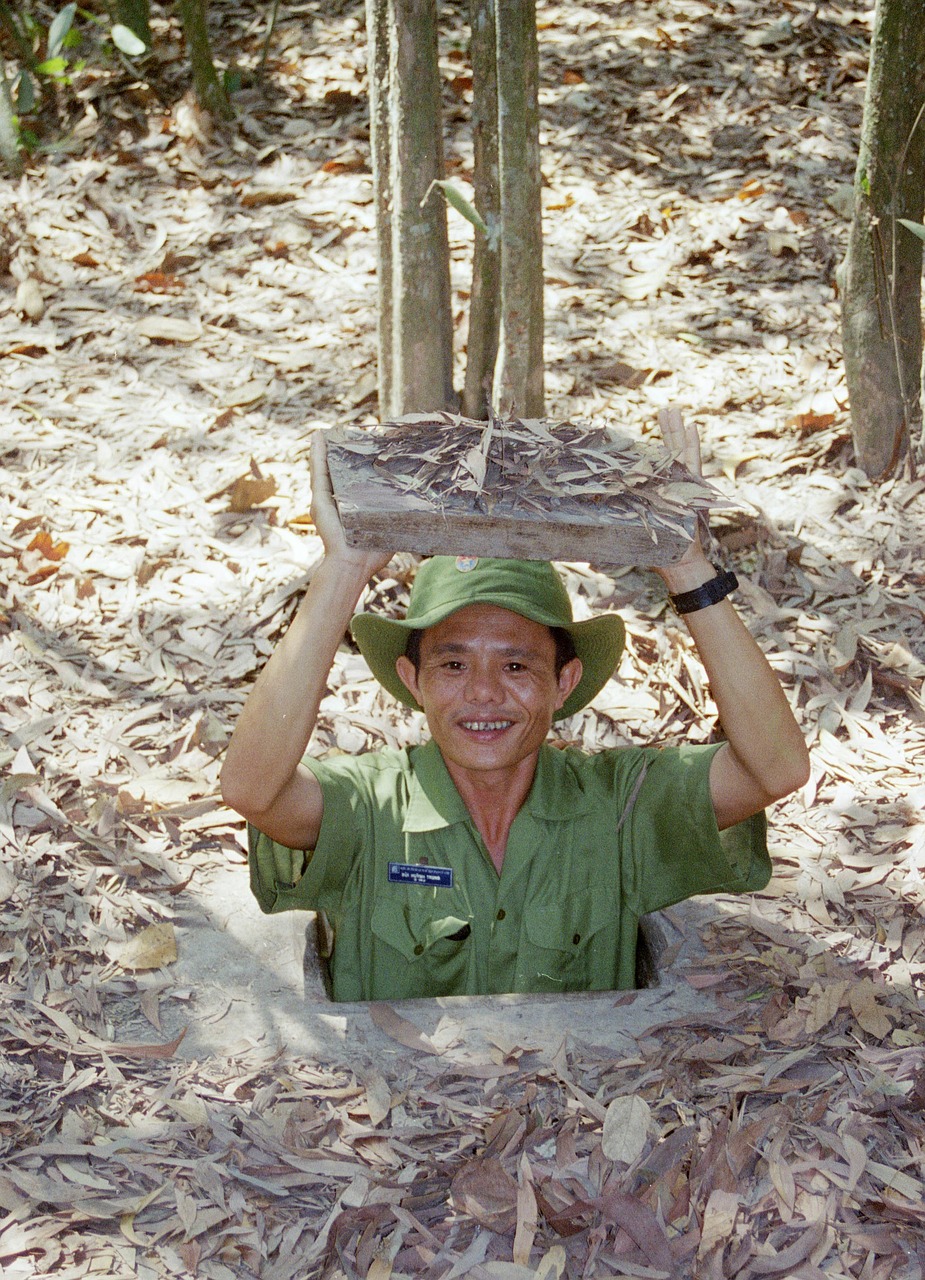The Legendary Cú Chulainn: Myths and Landscapes of the Great Irish Hero
The captivating nature of oral traditions ensures that stories evolve over time, with various interpretations illuminating mythic figures. Among these significant heroes in Irish folklore is Cú Chulainn, a figure steeped in legend and renowned for his extraordinary feats. This article presents an exploration of Cú Chulainn, his origins, legendary battles, and the sites across Ireland associated with his legacy.
Who Was Cú Chulainn?
Cú Chulainn, sometimes referred to as Cuchulain, has a prominent position in Irish mythology, with his birth documented in a tale aptly named the “Conception of Cú Chulainn,” or “Compert Con Culainn” in Irish. He is the son of mortal parents Deichtine and Sualtaim, though is often recognized as a descendant of the Irish deity, Lugh Lámfada. Initially named Sétanta, he quickly exhibited remarkable abilities, standing out in strength, speed, and combat skills. By the tender age of five, he earned a place among the Red Branch Knights, a prestigious fighting force under his uncle, King Conor Mac Nessa.
The Origin of His Name
Cú Chulainn’s name arose from an encounter during a feast hosted by Culann, a weaponsmith for the king. Arriving after the festivities had begun, young Sétanta was confronted by Culann’s ferocious dog in a battle for survival. Utilizing his skills with a hurl and sliotar, Sétanta triumphed, killing the hound. Although his uncle praised his heroics, Culann mourned the loss of his loyal companion. In a gesture of goodwill, Sétanta offered to become Culann’s guardian until a replacement hound could be found, thereby earning the title “Cú Chulainn,” translating to “Hound of Culann.”
Cú Chulainn’s Ferocious Battle Rage
Cú Chulainn was known for his legendary battle frenzy, akin to the berserkers of Norse lore. This transformation, termed ríastrad, encompassed a grotesque physical change that signaled his entry into battle. Descriptions of this terrifying state depict him as shaking violently with a body that radiated heat and exuded a primal ferocity. One source describes his features contorting, with one eye growing large and inflamed, while the other shrank into a fierce glare. His mouth, enormous and fiery, and his hair, lit with flames, made him a daunting figure on the battlefield.
The Táin Bó Cúailnge: The Cattle Raid of Cooley
The tale of the Táin Bó Cúailnge is foundational to Irish myth and has been recorded since at least 620 AD, though its origins predate this by centuries through oral tradition. Translated as “the driving-off of cows of Cooley,” it recounts a legendary conflict between Queen Maeve of Connacht and the warriors of Ulster led by King Conor McNessa.
The narrative centers on Queen Maeve’s desire to claim the prized Brown Bull of Cooley, leading to a battle when her request is denied. This conflict escalates into a war fueled by pride and ambition over cattle. Due to a curse affecting the men of Ulster, which rendered them incapacitated like women in childbirth, Cú Chulainn stood as the sole defender of Ulster. His bravery during the ensuing battles, notably in single combat against his foster brother Ferdia, is celebrated in lore, showcasing his strength and skill.
Cú Chulainn and His Legacy in Hurling
Despite being a great warrior, Cú Chulainn is also linked to Ireland’s ancient sport of hurling. Mentioned in the Boyhood Deeds of Cú Chulainn, the game has roots deeper than documented history. Cú Chulainn’s introduction to hurling reflects Ireland’s rich sporting tradition that continues today, with many clubs named after him, reflecting his enduring legacy.
The Tragic End of Cú Chulainn
As is fitting for a hero of his stature, Cú Chulainn met a dramatic fate. After avenging a fallen comrade, his life came to a bitter conclusion marked by vengeance. The children of a slain man named Calatan sought retribution. During a confrontation, Cú Chulainn was mortally wounded by his own enchanted spears but refused to perish in defeat. Instead, he bound himself to a standing stone, dying upright with his sword in hand, creating a poignant symbol of his indomitable spirit.
His fearsome reputation was such that it took three days before anyone dared approach his lifeless body. In a fittingly mythological conclusion, the Morrigan, the goddess associated with fate and war, appeared as a raven, a harbinger of his life’s end.
Haunting Landscapes of Cú Chulainn
Clochafarmore Standing Stone reflects Cú Chulainn’s final battle, located in County Louth. Known as the “Stone of the Big Man,” it is said to be where Cú Chulainn died, standing tall amidst the serene yet haunting landscapes that echo his past deeds.
Annascaul on the Dingle Peninsula showcases a region once wild and remote, now home to scenic vistas and cultural legacy. It links the heroic past to a contemporary appreciation of the landscape that inspired tales of Cú Chulainn.
The Táin Way is a prominent trail that traces the steps of the Táin Bó Cúailnge’s characters, inviting adventurers to experience breathtaking views while connecting with this significant history intermixed with Ireland’s scenic beauty.
Navan Fort, formerly Emain Macha, served as Cú Chulainn’s home and training ground. This historical site remains a crucial junction in both mythology and history and can be visited conveniently from major urban centers.
Conclusion
Cú Chulainn’s stories offer a window into the rich tapestry of Irish mythology, highlighting bravery, fate, and the ever-present struggle between heroism and mortality. From ancient texts to contemporary culture, his legacy lives on across the landscapes of Ireland, a testament to the enduring power of storytelling.



